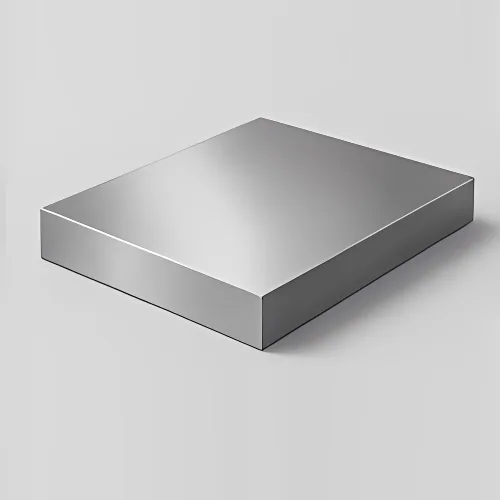
420 Stainless Steel Plate
Keywords: 420,
Standard: ASTM, AISI, DIN, EN, GB, JIS
Technique: Hot Rolled/Cold Rolled/Galvnized
Processing Service: Welding, Punching, Cutting
Available Size Range: Click here
Volume: 0
Get A Quote
Keywords: 420,
Standard: ASTM, AISI, DIN, EN, GB, JIS
Technique: Hot Rolled/Cold Rolled/Galvnized
Processing Service: Welding, Punching, Cutting
Available Size Range: Click here
Volume: 0
Get A Quote| Feature | 420 Plate | 410 | 440C |
|---|---|---|---|
| Hardness Post-Treatment | 50–56 HRC (oil quenched) | 40–45 HRC | 58–62 HRC |
| Corrosion Resistance | Moderate (resists water, steam, mild acids) | Low | High (but brittle) |
| Cost per Ton (3mm) | $3.800 (annealed) | $3.200 | $6.500 |
| Machinability | Good in annealed state (75% vs. 304) | Excellent | Poor |
International Designations
EN: 1.4021
ASTM: AISI 420
China GB: 4Cr13
JIS: SUS 420J1
| Element | Range (%) | Role |
|---|---|---|
| Cr | 12.0–14.0 | Corrosion resistance, hardenability |
| C | 0.15–0.40 | Carbide formation, edge retention |
| Mn | ≤1.0 | Deoxidation, machinability |
| Si | ≤1.0 | Strength at high temps |
Heat Treatment Versatility
Achieve target hardness via:
Annealed: 85 HRB (easy to machine)
Quenched & Tempered: 50–56 HRC (optimal for blades)
Controlled Corrosion
Withstands 720-hour salt spray (ASTM B117) without pitting in dry environments.
Precision Grinding Compatibility
Surface finish ≤0.2 µm Ra achievable for medical tools.
| Condition | Tensile Strength | Yield Strength | Elongation | Hardness |
|---|---|---|---|---|
| Annealed | 650–850 MPa | 345 MPa | 25% | 85 HRB |
| Hardened & Tempered | 1.600–2.000 MPa | 1.200 MPa | 5–10% | 50–56 HRC |
1. Medical & Dental
Scalpel blades | Orthodontic pliers | Bone saws
2. Food Processing
Meat dicers | Bakery cutting molds | Canning blades
3. General Manufacturing
Textile cutter bars | Plastic extrusion dies | Printer blades
4. Consumer Goods
High-end kitchen knives | Scissors | Safety razor heads
Real-World Validation
Swiss Surgical Tools Ltd.: “420 plates reduced our blade resharpening cycles by 70% vs. 440C.”
Tokyo Cutlery Co.: “No rust spots after 2 years in commercial kitchens with weekly sanitization.”
Houston Oilfield Gear: “420 wear plates outlasted carbon steel by 3x in valve components.”
Q: Optimal heat treatment protocol for knife-making?
A: Heat to 980–1.040°C → Oil quench → Temper at 150–370°C (lower temps = higher hardness).
Q: Can 420 be used in marine environments?
A: Not recommended for submerged parts; use 316L or 2205 for saltwater exposure.
Q: Best welding method for repaired tools?
A: Laser welding with ER420 filler; keep heat input <1.5 kJ/cm to avoid cracking.
Q: Lead time for ASTM A240 certified plates?
A: 7–10 days for EU stock (2–50mm thickness) | 14 days for custom medical-grade polishing.
Products
Phone